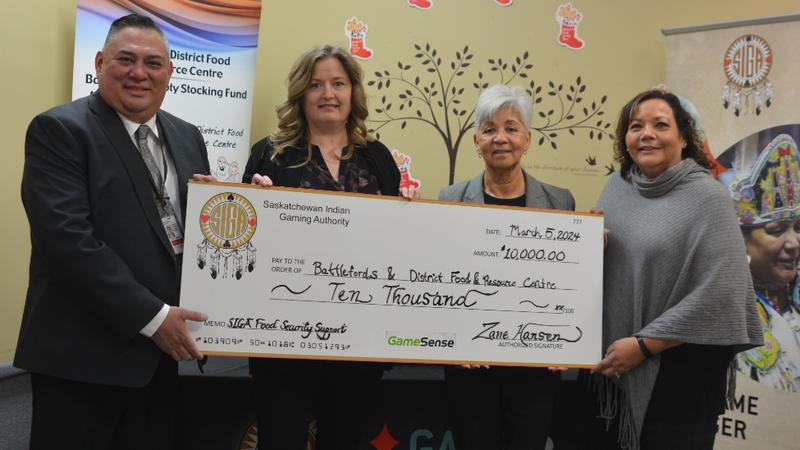
SaskTel, other providers trying for faster rural internet
Saskatchewan is a large province with a highly spread-out population and not all of the people in the province have access to reliable internet. Gradually, however, that is starting to change.
SaskTel is launching a new Rural Broadband Partnership Program that will see them work with other providers to bring more reliable internet to what they describe as “underserved” customers. This means farms, acreages, Indigenous communities, and other difficult to reach rural areas.
“We realize there are still some parts of the province we can’t serve the way we would like to by ourselves,” said Greg Jacobs, external communications manager with SaskTel, “which is the whole purpose of this program, which is to enable other internet providers to bring advanced broadband services to areas of the province we couldn’t serve by ourselves.”
Anyone who’s ever been in a car travelling through northern Saskatchewan knows exactly what Jacobs is talking about, as cell service and internet become spotty in many places. The smaller companies SaskTel proposes to partner with, including H and K Rural Networks Inc, Living Sky Internet, and Wood River Controls, will be able to expand the internet to the standards set by the CRTC.


